Homemade Gluten-Free Tortillas That Won’t Crack or Crumble
Store-bought gluten-free tortillas can be a letdown. They’re often stiff, dry, and tear apart when you try to wrap them. If you’ve ever paid a premium only to end up with broken wraps and disappointing texture, you’re not alone. This homemade gluten-free tortillas recipe changes that. With just a few simple ingredients, you’ll get soft, flexible tortillas perfect for tacos, burritos, and wraps. No fancy tools or hard-to-find flours needed. Just reliable results you can count on every single time.
Table of Contents
Why This is the Best Gluten-Free Tortillas Recipe
These gluten-free tortillas are soft and bendable. You can roll them, fold them, or stuff them without worrying about cracks. They use a handful of common pantry staples, so you won’t need to hunt down anything fancy. I’ve tested several flour blends to find the best ones that deliver great texture and flavor. You also don’t need a tortilla press. A mixing bowl and a rolling pin will do the job just fine. Plus, the recipe fits most dietary needs since it’s dairy-free, egg-free, and can be made fully vegan.
“How healthy or unhealthy a product is depends on the ingredients and processing of the product, whether it’s gluten-containing or gluten-free.”
Shonali Soans, RD, programme Santé Intégrative, Weill Cornell Medicine et New York‑Presbyterian
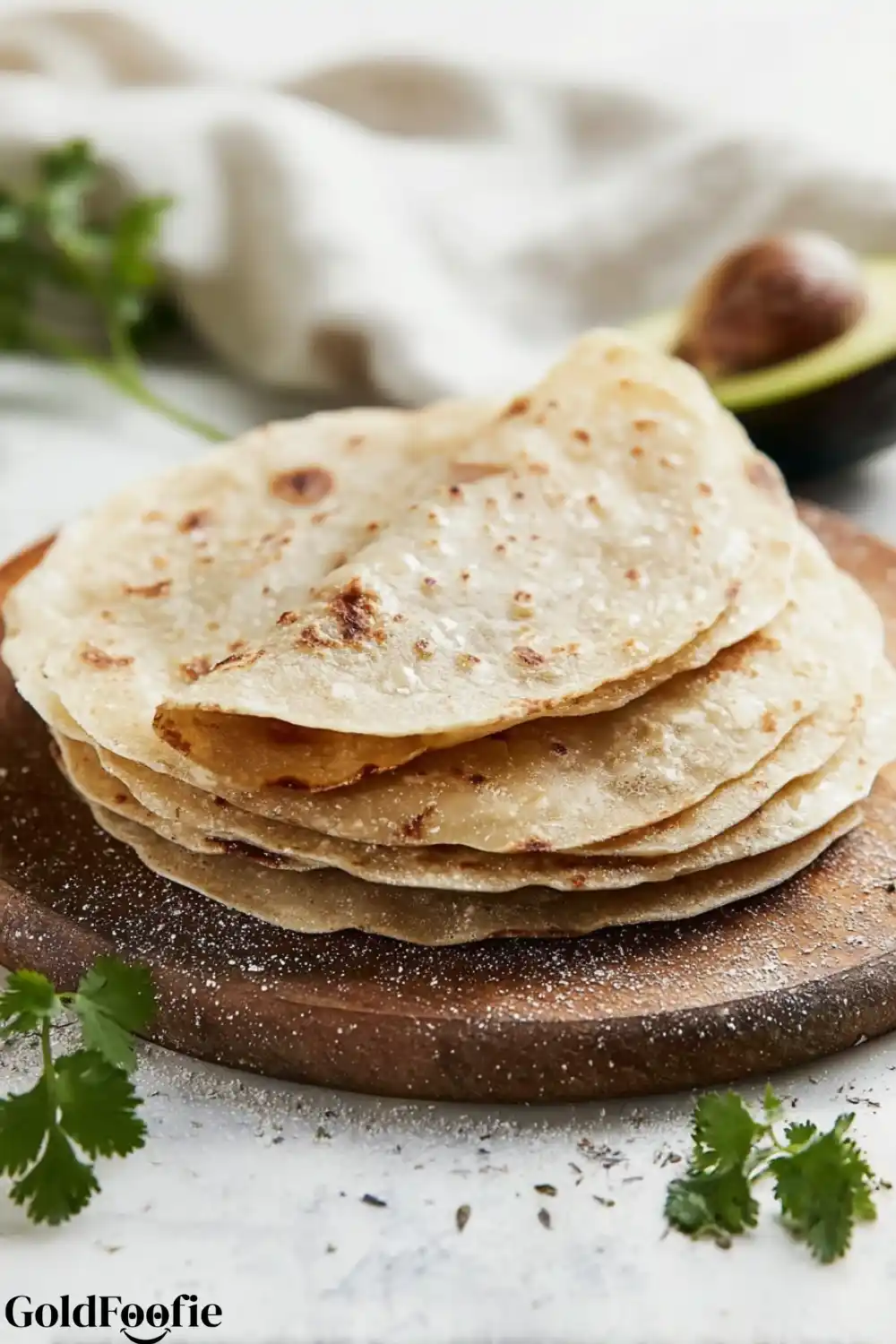
You’ll Also Love
➤Types of Low-Carb Tortillas
➤Easy 3-Ingredient Sweet Potato Tortillas
➤Easy 2-Ingredient Chickpea Flour Tortillas Recipe
➤1-Ingredient Red Lentil Tortillas That Work
Ingredients Needed
For the dough base
- 1 and 1/2 cups gluten-free all-purpose flour with xanthan gum. I recommend Better Batter for best results.
- 1 teaspoon gluten-free baking powder.
- 1/2 teaspoon salt to bring out the flavors.
For the liquid and fat
- 3/4 cup very warm water. I heat mine in the microwave for about 20 seconds.
- 2 tablespoons vegetable oil. Canola oil works especially well for this recipe.
Each ingredient plays a role in making the tortillas soft, pliable, and full of flavor.
How to Make Gluten-Free Tortillas
- In a large mixing bowl, add the gluten-free flour, baking powder, and salt. Stir them together until well combined.
- Pour in the warm water and add the vegetable oil. Use a spoon or spatula to mix the ingredients until a rough dough forms.
- Switch to using your hands. Knead the dough in the bowl until it comes together and no dry flour remains. The dough should feel soft and slightly tacky but not wet.
- Turn on your stove and set a cast-iron or other heavy skillet over medium-high heat. Let it heat up while you roll out the tortillas.
- Pinch off a portion of dough about the size of a golf ball. Roll it into a smooth ball using your palms. Repeat with the remaining dough to make eight balls. Cover the bowl with a towel to keep the extra dough from drying out.
- Place one dough ball on a piece of parchment paper. Press it into a flat disc with your hand.
- Lay another piece of parchment paper or plastic wrap over the top. Use a rolling pin to gently roll the dough into a circle about seven inches wide. Aim for even thickness and a thin, flexible layer.
- Transfer the rolled tortilla to the hot skillet. Cook for 30 seconds to 1 minute on the first side. Flip it when you see small bubbles and light browning underneath. Cook the second side just until done. If the tortillas turn stiff, you may be cooking them too long or using too much heat.
- Move the cooked tortilla to a plate and cover it with a clean towel to keep it warm and soft. Repeat the process with the remaining dough.
- Once all the tortillas are fully cooled, store them in a plastic bag or airtight container in the refrigerator. They stay fresh and soft for several days.
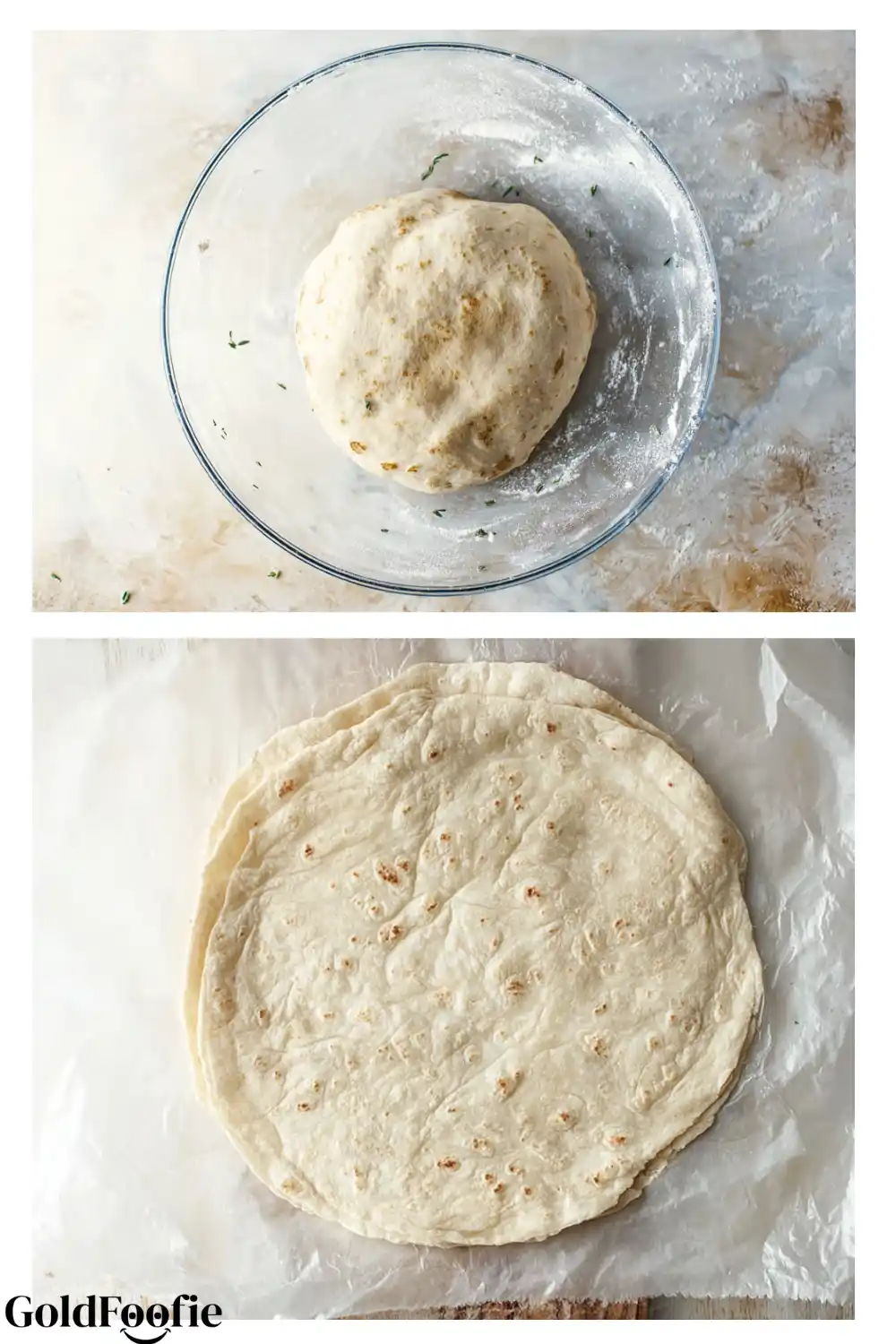

The Science of a Perfect Gluten-Free Tortillas
The Role of the Flour
Gluten-free flour blends vary widely. All-purpose blends with xanthan gum give consistent results. Cassava flour makes the tortillas chewy, while chickpea flour adds a nutty flavor. A mix of flours creates a balance of softness and structure in homemade gluten-free tortillas.
The Binder is Key (Xanthan Gum and Psyllium Husk)
Gluten gives regular tortillas their stretch. Xanthan gum and psyllium husk take over that role in gluten-free recipes. They help the dough stay flexible and stop it from cracking. Adding extra tapioca starch also improves flexibility and gives the tortillas a tender bite.
The Importance of Fat
Oil, butter, or lard add moisture and softness. Fat also improves flavor and helps the tortillas stay tender after cooling. Canola oil keeps the taste clean and neutral, which works well for wraps or tacos.
Why You Must Use Warm Water
Warm water helps hydrate the flours and makes the dough smoother and easier to knead. It allows the binders to activate properly, which is key to getting that soft, pliable feel you want in a gluten-free tortillas.
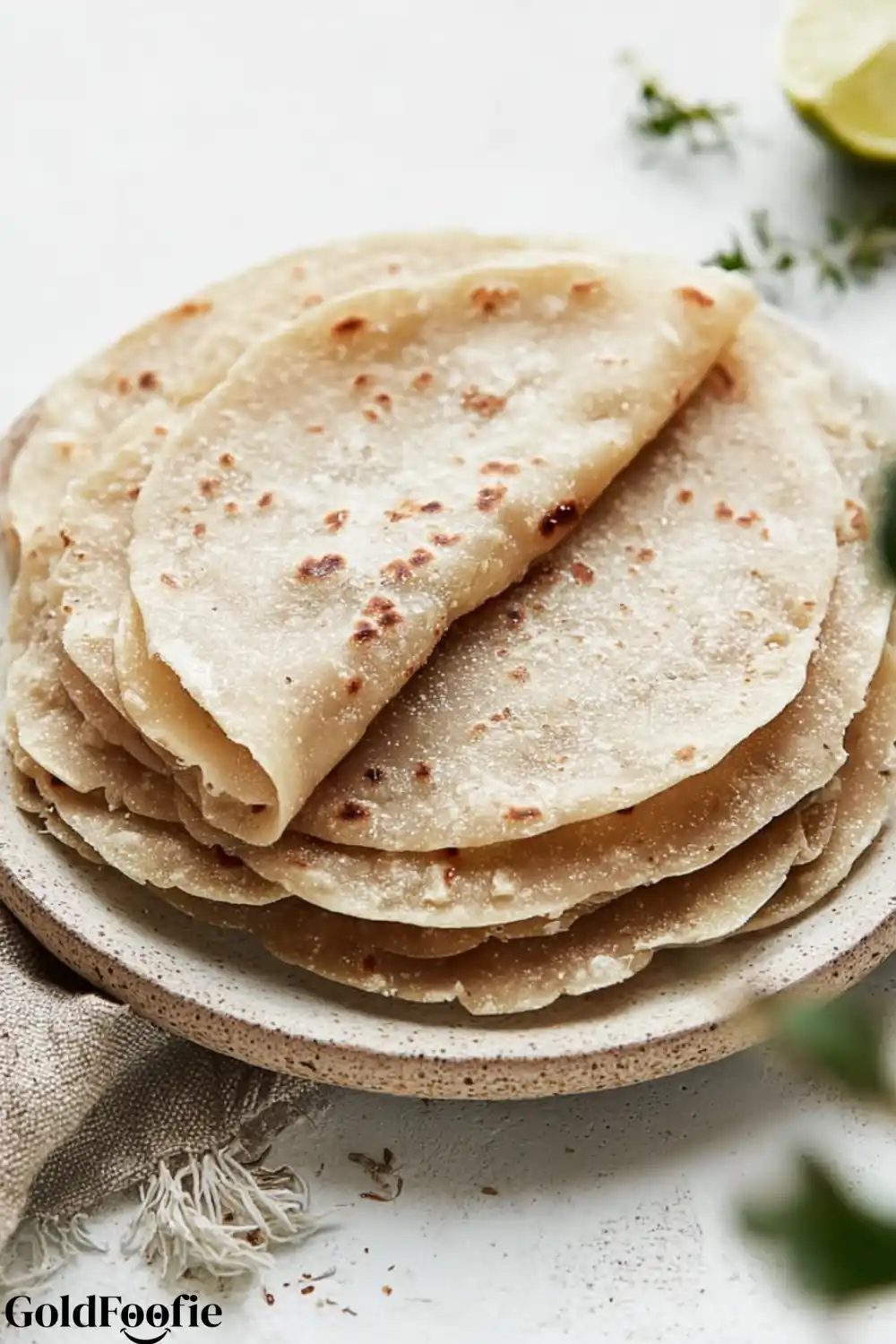
Homemade Gluten-Free Tortillas That Won’t Crack or Crumble
Ingredients
Method
- In a large mixing bowl, add the gluten-free flour, baking powder, and salt. Stir them together until well combined.
- Pour in the warm water and add the vegetable oil. Use a spoon or spatula to mix until a rough dough forms.
- Knead the dough with your hands in the bowl until it comes together and no dry flour remains. Dough should be soft and slightly tacky.
- Heat a cast-iron or heavy skillet over medium-high heat while rolling out the tortillas.
- Pinch off dough about the size of a golf ball. Roll into a smooth ball. Repeat to make eight balls and keep covered with a towel.
- Place one dough ball on parchment paper, press into a flat disc, cover with another parchment or plastic wrap, and roll into a 7-inch circle.
- Transfer to the hot skillet. Cook for 30–60 seconds until bubbles form and lightly browned. Flip and cook the second side briefly.
- Move the cooked tortilla to a plate and cover with a towel to keep warm. Repeat with remaining dough.
- Once fully cooled, store in a plastic bag or airtight container in the refrigerator.
Notes
Nutrition Facts (Per Tortilla)
Calories: 105 kcal | Carbohydrates: 16 g | Fiber: 2 g | Net Carbs: 14 g | Protein: 2 g | Fat: 4 g | Saturated Fat: 3 g | Sugar: 1 g | Sodium: 199 mg | Calcium: 44 mg | Iron: 1 mg |Troubleshooting Guide: Solving Common Tortilla Problems
Why is my dough too sticky or too dry?
Sticky dough means there is too much water. Dry dough means it needs more moisture. Slowly adjust by adding extra flour or warm water in small amounts until the texture feels soft and workable.
Why are my tortillas stiff, hard, or brittle?
This usually means the tortillas were overcooked or the pan was too hot. Try cooking each side for just 30 to 60 seconds. You want light browning with a few bubbles, not a crisp crust.
Why didn’t my tortillas puff up with air bubbles?
Your skillet might not be hot enough. Test it by flicking a drop of water into the pan. If it sizzles, the pan is ready. A hot surface helps the dough puff up as it cooks.
Why are my tortillas cracking when I roll them?
The dough may be too dry or not rested long enough. Let the dough sit for a few minutes before rolling. If it still cracks, knead in a bit more warm water, drop by drop, until it smooths out.
How do I get my tortillas perfectly round?
Roll the dough into as even a circle as possible, then place a pot lid or large round cutter on top and trim the edges. This keeps your gluten-free tortillas neat and even every time.
Storing, Freezing, and Serving Your Tortillas
How to Store for Maximum Freshness
Once your gluten-free tortillas have cooled, place them in an airtight container or a plastic zip-top bag. Store them in the refrigerator where they will stay soft and fresh for up to five days.
How to Freeze Tortillas for Later
To freeze, stack the tortillas with parchment paper between each one to keep them from sticking. Place the stack in a freezer-safe bag or container. They can be frozen for up to three months. Thaw them at room temperature or reheat directly from frozen.
The Best Way to Reheat Tortillas
To reheat, use a dry skillet over medium heat and warm each side for 15 to 20 seconds. You can also microwave them for 10 to 15 seconds wrapped in a damp paper towel. This helps restore their soft, flexible texture.
Homemade vs Store-Bought: A Cost Comparison
| Brand | Price per Tortilla |
| Homemade (using this recipe) | $0.15 |
| Mission Gluten-Free | $0.75 |
| BFree Tortillas | $0.85 |
Making gluten-free tortillas at home is not only tastier but also much more affordable.
Serving Ideas
These tortillas are perfect for tacos, burritos, quesadillas, and wraps. They also make a great thin pizza base. Try filling them with grilled chicken, roasted vegetables, or scrambled eggs. You can also use them to make crunchy chips in the oven.
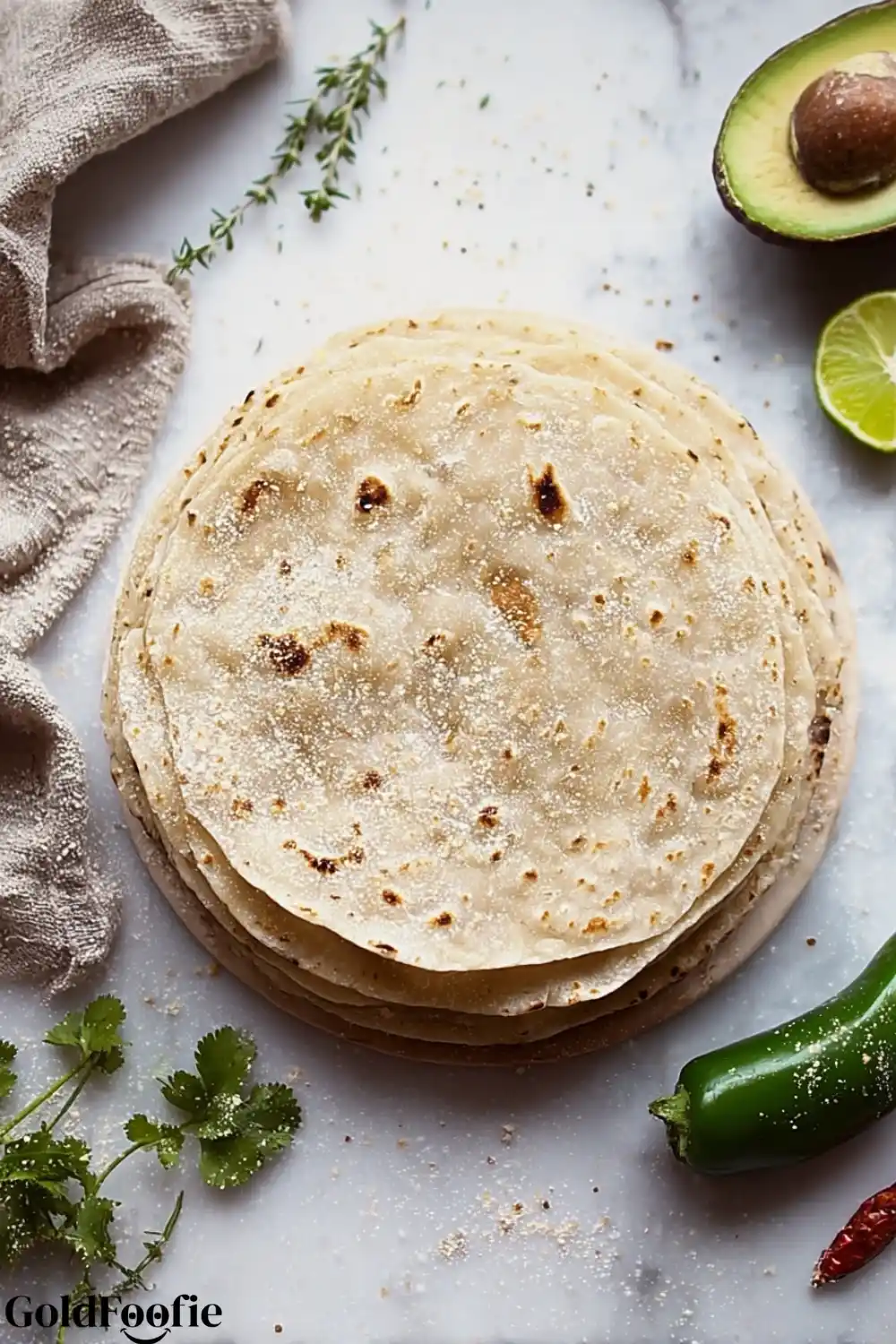
Helpful Notes
- If your tortillas feel too thick after cooking, roll the dough thinner next time using gentle, even pressure.
- Always cover unused dough with a towel to prevent drying. Dry dough becomes difficult to roll and cracks during cooking.
- You can swap canola oil with olive oil or melted butter for a richer flavor.
- To add extra flavor, mix in garlic powder or chopped herbs into the dough.
- For a grain-free version, try using a mix of cassava flour and tapioca starch. Adjust water as needed.
Final Thoughts
Making homemade gluten-free tortillas is easier than you think. With just a few ingredients and simple steps, you’ll get soft, flexible tortillas that hold up beautifully in tacos, wraps, and burritos. No more settling for dry or crumbly store-bought options. You’ll taste the difference in every bite and save money too.
If you make this recipe, please leave a comment and a rating below! We’d love to see your creations on Instagram.
Frequently Asked Questions (FAQ)
Can I use a different gluten-free flour blend?
Yes, but results may vary. Some blends absorb more moisture than others. If your dough feels too dry or too wet, adjust with small amounts of water or flour. For the best results, I recommend a blend that includes xanthan gum.
Do I really need to use xanthan gum or psyllium husk?
If your flour blend already includes xanthan gum, you’re covered. If not, adding xanthan gum or psyllium husk helps the dough hold together and makes your gluten-free tortillas flexible and less likely to crack.
Can I make the tortilla dough ahead of time?
Yes. You can make the dough up to one day in advance. Wrap it tightly and store it in the refrigerator. Let it sit at room temperature for a few minutes before rolling to make it easier to handle.
Can I make these without oil or fat?
Technically yes, but the tortillas may turn out dry and stiff. A small amount of oil adds softness and improves texture. If you need an alternative, try using mashed avocado or unsweetened applesauce in small amounts.
Hi there, I’m chef living in New York City. Every morning, I wake up to the sounds of my little one’s laughter and the comforting routine of preparing breakfast for my family my husband, our child, and my beloved mother, who’s become both my rock and my inspiration since my father passed away. As the only daughter left in our family, I feel a deep responsibility to carry on his memory whenever I step into the kitchen.






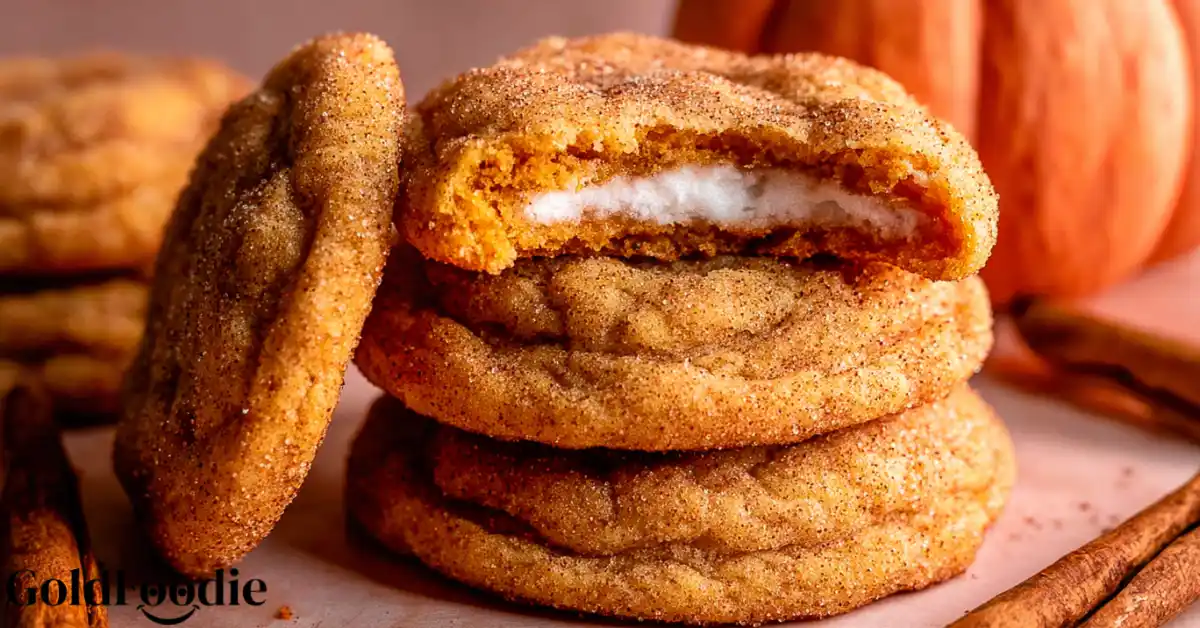
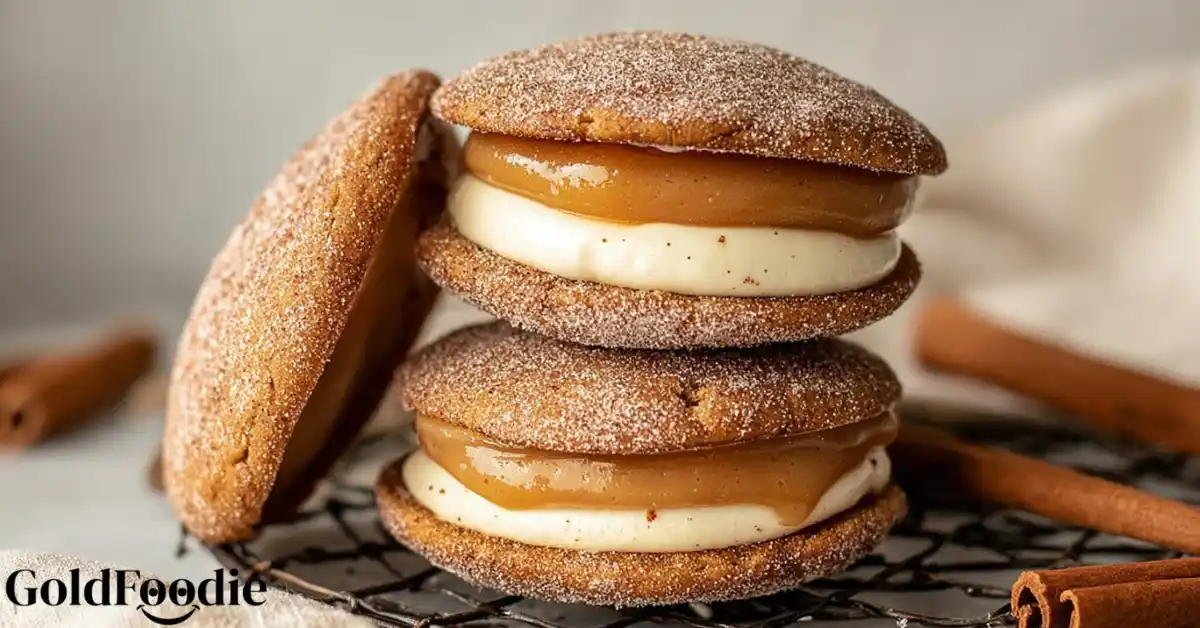
3 thoughts on “Easy Gluten-Free Tortillas Recipe”